Our flagship report, based on a collection of life stories that offer insights into how illicit drugs, violence and conflict, poverty and development, and insecurity and resilience are entangled in the everyday lives of people in the borderlands.
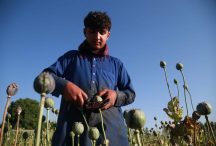
Agribusiness meets alternative development: Lessons for Afghanistan’s licit and illicit commodity markets
This AREU research paper is a case study of CARD-F, a nine-year aid-funded rural development programme which began with counternarcotic goals.
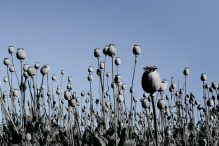
Spatial borderland biography: Afghanistan
Spatial data on four Afghan borderlands, including borders, opium production, drug routes, infrastructure and agriculture, available via UK Data Service.
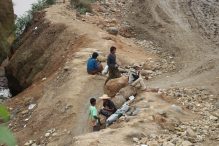
Critique of everyday narco-capitalism
This Third World Quarterly article discusses how capitalism alters life at the nexus of drug production, trade and consumption in the borderlands of Afghanistan, Colombia and Myanmar.
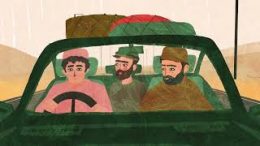
Entangled lives: conflict and illicit economies in Afghanistan
This animation tells the story of a smuggler on the border between Afghanistan and Iran.
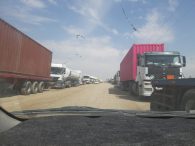
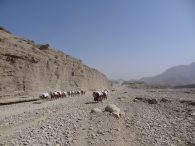
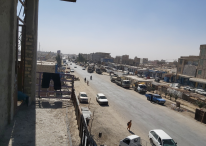

Modes of governance and the everyday lives of illicit drug producers in Afghanistan
This Third World Quarterly article considers the interaction between different governance arrangements and the everyday life of people involved in the drug economy in Nimroz and Nangarhar.

Archiving and sharing data from the Drugs and (dis)order research project
In this presentation, Veerle Van den Eynden, Data Manager outlines how data from the research is being archived and shared.

Militias at the margins: implications for post-war stabilisation
Militias are often long-term political actors of post-war frontier areas. central to how states and markets function. What does this imply those making and implementing security policies?
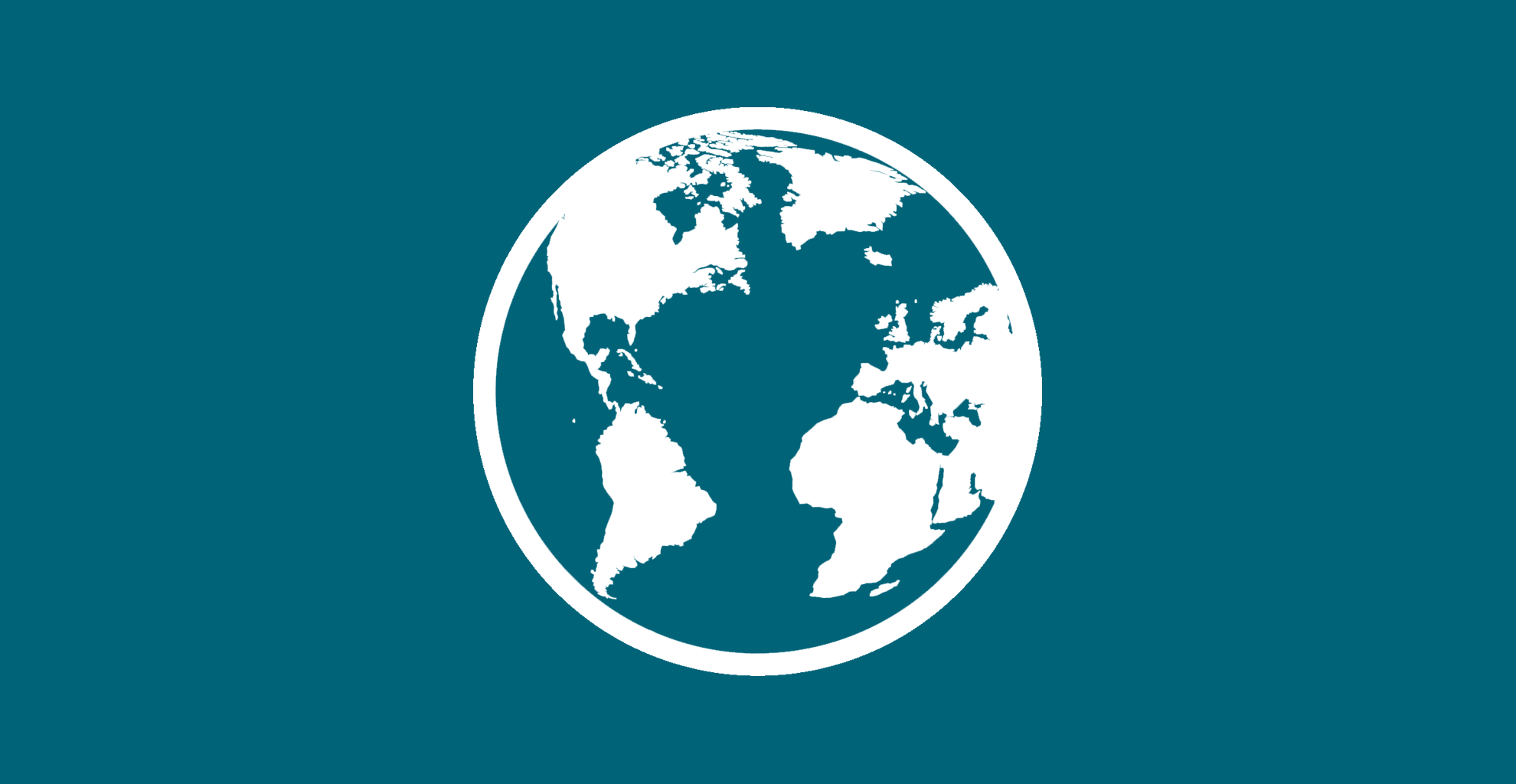
Drugs & (dis)order Policy Lab: An experiment in sustained critical engagement between researchers and policymakers
This working paper shares reflections from an ongoing conversation between researchers and policy stakeholders on drugs, development and peacebuilding policy.

Afghanistan: heroin and human trafficking are the only two sectors of the economy still thriving
The trade in drugs and people are growing in importance as other sectors of Afghanistan’s economy contract or shut down and poverty deepens.

Entangled lives: Drug assemblages in Afghanistan’s Badakhshan
This Third World Quarterly article explores the lifeworld of drugs, following their journey from the farmers’ field to their arrival at the border with Tajikistan.

Drugs, development and peace processes in Afghanistan
Podcast: Drugs & (dis)order researchers explore how illicit drugs have been approached within peace process in Afghanistan.

Trading spaces: Afghan borderland brokers and the transformation of the margins
This chapter published in The Routledge Handbook of Smuggling focuses on brokers and brokerage in the context of cross border smuggling or illicit trade.

Peace and illicit drugs at the margins: A borderland view of Afghanistan’s SDG 16
This AREU Policy Brief asks how the SDG-16 goals are being addressed in Afghanistan. In What ways do they specifically address the particular political challenges that Afghanistan faces, and the geographical divisions of the country?

A taxing narrative: Miscalculating revenues and misunderstanding the conflict in Afghanistan
The assumption that the Taliban collected significant amounts of money taxing the cultivation of opium, the production of opiates, and on the smuggling of drugs across Afghanistan’s borders is the …

Sharing the load 1: The distributive nature of the opium trade in, and from, Afghanistan
This chapter documents empirical research along the length of the value chain for opium in Afghanistan, and across its international borders.

Afghanistan: what the conflict means for the global heroin trade
Jonathan Goodhand discusses how economic factors are shaping unfolding events, including the trade in opium and heroin.

